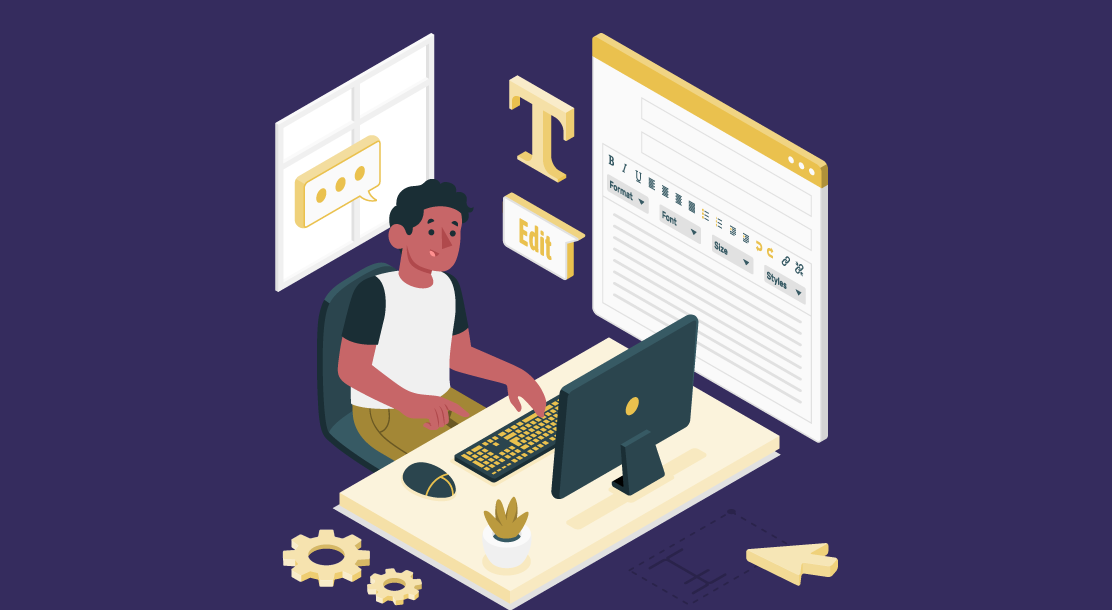Being a professional writer, you will be aware of the importance of editing and how it can make or break an interest in your writing. No matter how good you are as a writer in writing content, it is difficult for people to take you or your work seriously if it isn’t effectively edited. Before you begin the process, keep in mind that editing is not magic. Regardless of how involved your editorial process is, you will you’ll still need to spend a lot of time analyzing feedback and revising your work as necessary. Although, if you have a page on Wikipedia, you might ought to Wikipedia editors for hire in order to keep the page’s content updated.
The five primary forms of editing are discussed in this post (see the list just below!). To help your work be the best it can be, each kind of modification has a specific function.
Let’s dig deeper to know each of the edits.
-
Substantive Editing
Editing a text or document’s content to make sure the material is correct and understandable is known as substantive editing (or content editing). This entails structural editing, which may include adding, removing, or rearrangement of data. It’s crucial to do substantive editing since it makes sure the material is correct, understandable, and consistent. Additionally, it is beneficial to confirm that the text provides appropriate coverage of the subject and that all of the material is accurate.
-
Copy Editing
Copyediting, often known as line editing, is a brief type of editing that gives a book a polished appearance. The editor proofreads your work and corrects any mechanical spelling, grammatical, and punctuation mistakes. Although copyediting is an affordable type of editing. It also involves evaluating the formatting and style for consistency. A professional copy editor may also give suggestions to increase the content’s readability and clarity.
-
Line Editing
Line editing is the act of going through a text or document’s words to make sure the language is effective and clear. A line editor can alter the text’s structure, phrase structure, and word choice. After the finalization of a first edit, line editing is typically performed. It entails reading the text line by line to ensure that each phrase is clear and that there are no confusing or unclear passages. Although line editing might take a lot of time, it is necessary to make sure that a piece of writing is clear, concise, and simple to read.
-
Stylistic Editing
The act of evaluating and editing a text for tone, style, and voice is known as stylistic editing. Making sure the material is acceptable for its intended audience and purpose is part of this. Trying to make sure sentences are well-written, selecting more intriguing language, and getting rid of anything superfluous or distracting are some examples. Although stylistic editing is frequently utilized in fiction writing, it may be applied to any genre to improve the readability of the material.
-
Proofreading
Reading to identify and fix grammar, punctuation, and spelling issues is known as proofreading. A proofreader will also look for grammatical errors or differences in the order of events, as well as other irregularities in the text. Though proofreading is sometimes considered the last step in the editing process, it’s crucial to keep in mind that it’s only a small portion of the whole picture. An author must also edit and rewrite their work in order to achieve a polished and professional piece. However, a proofreader may assist in making sure that text is error-free and prepared for publishing with a sharp eye and intellect.
Wrap Up
After going over the various forms of editing, you should have a clearer understanding of which ones, given your needs as an author, are suitable for your work.



